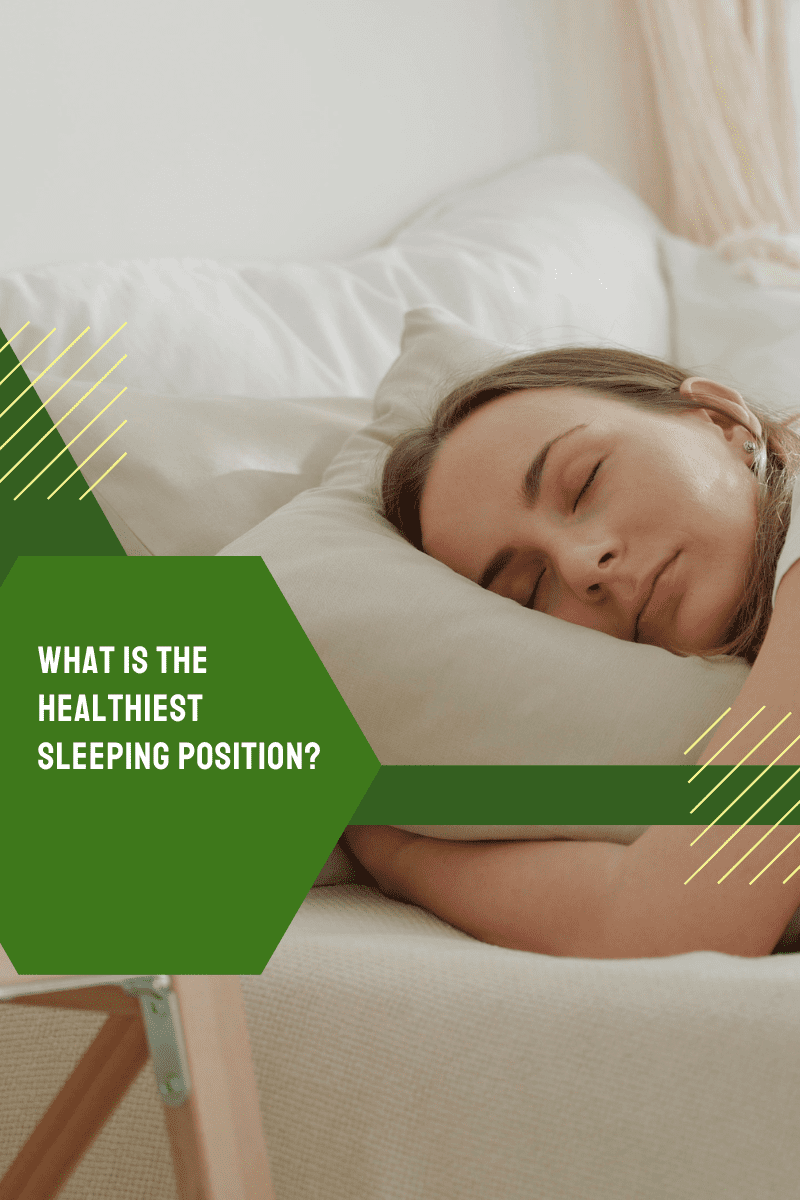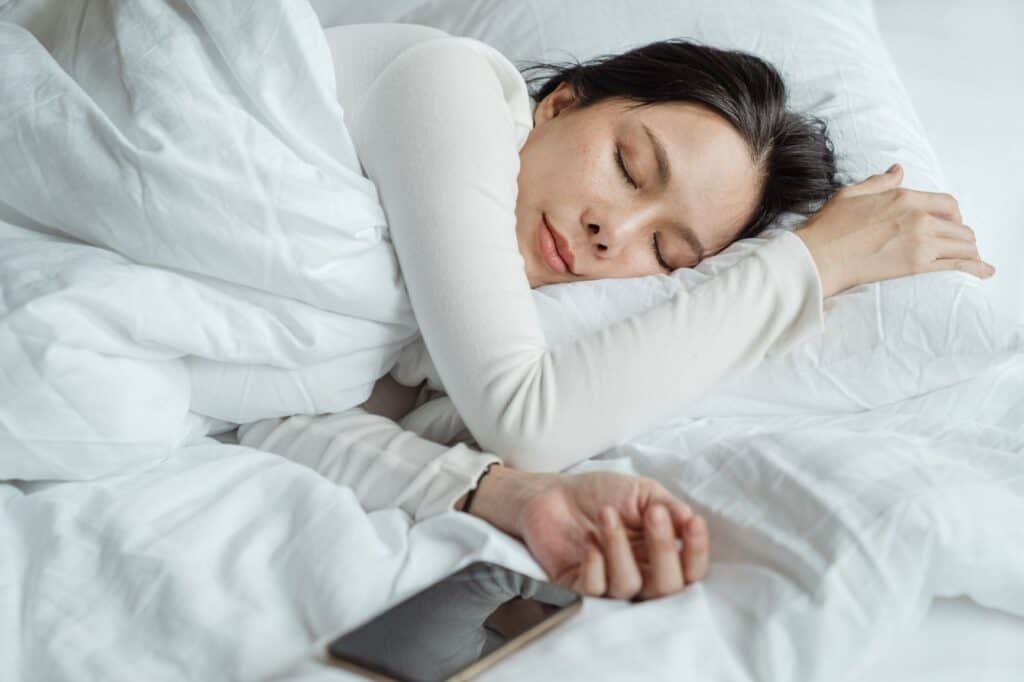What Is The Healthiest Sleeping Position?
Did you know that sleep plays an important part in our lives? Even if we sleep under the doctor-recommended average of 6-8 hours a night, we practically spend over a third of our lives getting some shut-eye, or at least – trying to do so. With this in mind, it only makes sense to try and get the most out of our time in bed; otherwise, we’d be spending our waking hours still feeling groggy, unproductive or injured from an unhealthy sleeping position after night.
How does our sleep position affect health?
Although most people don’t consider the sleeping position and its impact on sleep, researchers found that sleep position can be a critical factor affecting your sleep quality. Throughout the years, you probably found a particular sleeping position that is a favourite. However, some sleeping positions may increase the risk of developing health problems, body aches, joint pain, and more severe sleep apnea issues. Let’s look at some of the most common sleeping positions, pros and cons, and how to improve your favourite sleeping positions to benefit your overall health.
The different sleep positions
- Side sleeper – Side sleeping is the position of choice for more than 60% of us and is more prevalent in men, although both men and women benefit from the comfort that side sleeping brings to the spine. This is because the flexibility of our spine decreases, and side sleeping puts less pressure on the spine than other sleeping positions.
Pros:
- Promotes healthy alignment of the spine
- Reduces risk of back pain
- Aids in reducing heartburn and snoring
Cons:
- This can result in sore shoulders
- Contributes to facial wrinkles due to pressure on face skin on the pillow
If you’re a side sleeper, place a pillow or a folded-up blanket between your knees. This eases any pressure formed on your hips and reduces the risk of hip pain.
2. Fetal position – Another popular sleeping position, the fetal position, is favoured by 4 out of 10 people, with more women opting to slumber while curled up comfortably. Similarly to the side sleeping position, the fetal position allows the spine to rest naturally, reducing the risk of back pain. Pregnant women also benefit from sleeping in the fetal position as it helps improve circulation to the baby in the tummy.
Pros:
- Allows the spine to realign naturally
- Research has shown Fetal position clears waste that can lead to neurological diseases such as Alzheimer’s or Parkinson’s
- Clears circulation for pregnant women and their baby
Cons:
- Tightening up too much can limit intake to the lungs and diaphragm.
Fetal sleepers can make their beauty sleep a lot more comfortable by stretching out more while they slumber, as curling up too much will limit air intake and impair proper breathing.
3. Supine/back sleeping position – This means sleeping on your back, facing the ceiling. This position is also known as the ‘Soldier’ position because if you sleep on your back with your arms by your side, it looks like you’re a soldier standing at attention.
Pros:
- It helps in reducing acid reflux
- It is comfortable for most people
Cons:
- This can lead to snoring and sleep apnea
- It may increase the risk of a sore lower back
Back sleepers can avoid aches or pains by placing a pillow or a rolled-up/folded towel or blanket under the knees while sleeping – this enables you to support the spine’s natural curve. Sleep apnea sufferers should consider sleeping on their sides rather than on their backs, as the latter may cause problems with thickening in the carotid artery, affecting blood flow to the brain.
4. Stomach sleeper – Also known as the ‘freefall’ position, the sleeper looks like a skydiver freefalling amongst the clouds – stomach sleepers represent a minority population. However comfortable this may seem, stomach sleepers may likely suffer from lower back and neck pain.
Pros:
- Cosy and comfortable
Cons:
- Increases risk of lower back and neck pain
- The neck is placed at an uncomfortable angle when sleeping
- More likely to develop airway issues
Stomach sleepers should avoid using anything other than a soft pillow to rest their head on, as the uncomfortable neck angle may cause neck and back issues. Keeping the airway open is also one of the main issues with stomach sleeping; however – research has shown that sleeping facing the mattress rather than facing either side can alleviate airway issues.

What is the healthiest sleep position?
The sleeping position varies from individual to individual, but it depends on the symptoms they suffer from when it comes to maintaining a healthy body.
For example, if you suffer from sleep apnea, lower back pain or other spine issues, try sleeping in the fetal or side sleeping position with a pillow tucked between your knees. And if you suffer from hip or knee pain, sleeping on your back offers the most benefits to alleviating that pain. It also keeps your skin looking fresh and reduces gravity-related wrinkles.
Final Thoughts
While sleeping positions can significantly affect health, many other factors significantly affect sleep quality. This includes drinking too much caffeine before sleeping, not exercising regularly, and sleeping in a too-bright or too-warm room. Keep track of your sleep patterns in a small sleep diary for about a week, and try to recognise any patterns that might cause a reduction in the quality of sleep you get. This will help you get a clearer perspective of what habits you should change to get the highest quality rest possible – and ultimately, finding out what sleeping positions work best for you is an ideal place to start.



